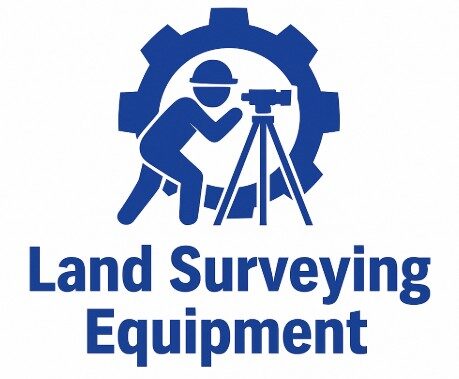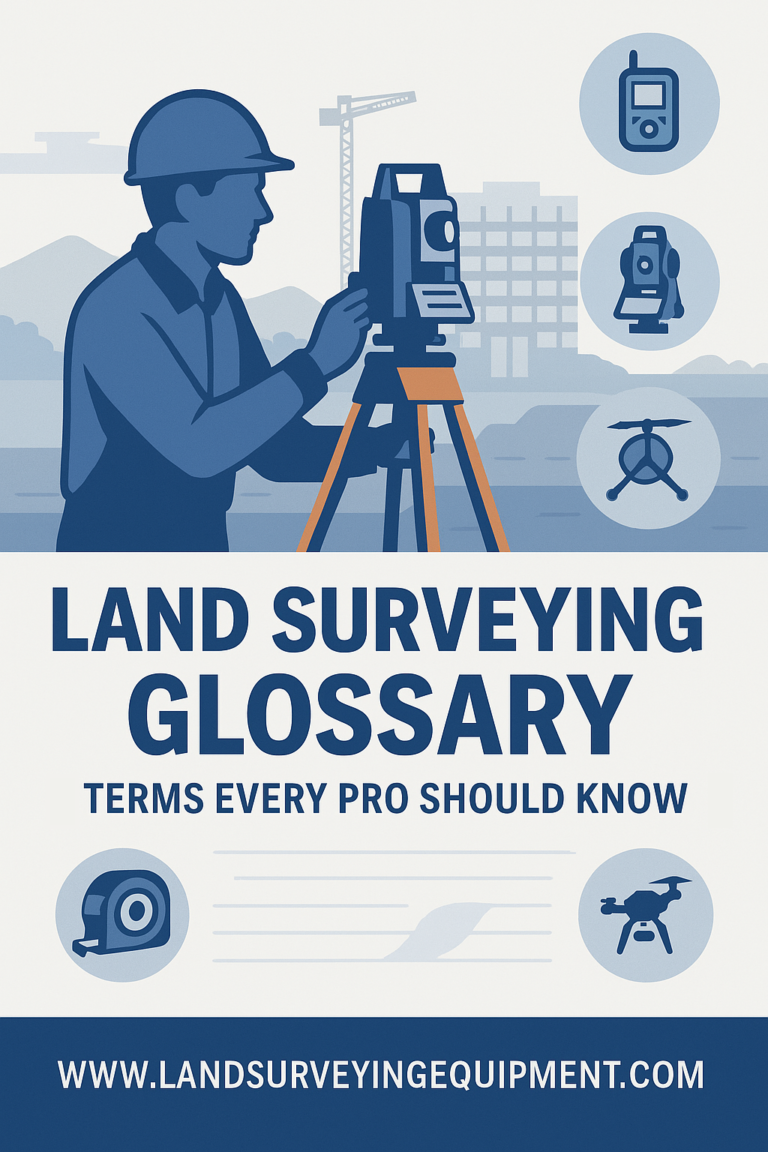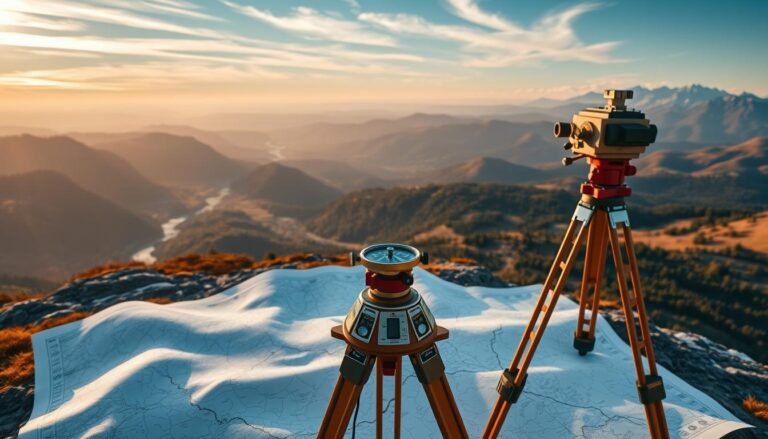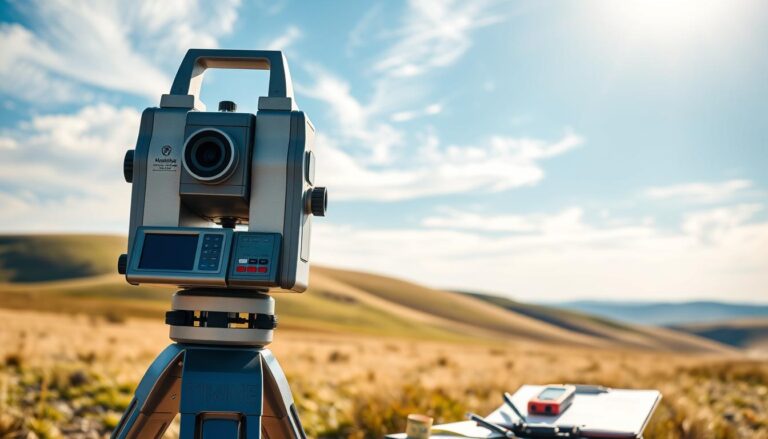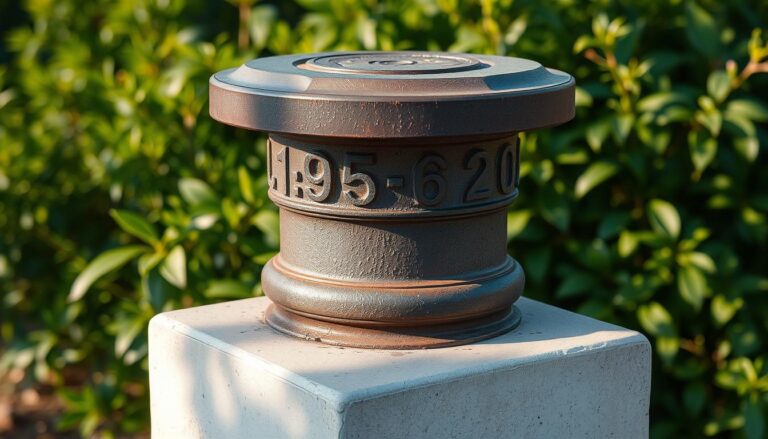Land Surveying Tools Checklist
Land surveying is a precise and often demanding field, requiring the right tools to gather accurate data and ensure the success of any project. Whether you’re conducting boundary surveys, topographic surveys, or site planning for construction, having the right equipment is critical for the job. This Land Surveying Tools Checklist is designed for professionals and beginners alike, ensuring that you have all the necessary tools to handle different environments, terrains, and survey types.
Who This Checklist Is For
This list is for land surveyors, GIS specialists, construction planners, and outdoor professionals who need to gather accurate data about land, boundaries, or topography. Whether you’re a seasoned surveyor or new to the industry, this checklist will help you ensure you’re properly equipped for the field. It’s particularly helpful for:
- Surveying professionals working in urban, rural, or wilderness settings.
- Construction teams who need precise measurements for project planning and land development.
- Outdoor enthusiasts or contractors who need tools for off-the-beaten-path surveying.
How to Use This Checklist
Refer to this list before you head out into the field to ensure you’re properly equipped with the tools and gear you need. Some tools are essential for every survey, like the total station and leveling instruments, while others, such as bug spray and a brush axe, are necessary for more rugged environments. It’s important to consider the terrain and environment of your project site when selecting which tools to bring. For example, dense forests or areas prone to insects will require you to pack bug spray and a brush axe, while a simple urban survey may need fewer outdoor essentials but a high level of technical equipment.
Why These Tools Matter
Each tool on this list serves a specific purpose, and missing even one can compromise your survey’s accuracy or efficiency. A total station, for example, combines a theodolite with a distance measurement system for precise angles and distances, while a clinometer allows you to measure the slope or angle of terrain, which is crucial for certain types of surveys. Bug spray and the brush axe, on the other hand, might not seem as technical but are indispensable in protecting you from the elements and helping you navigate tough terrain.
Whether you’re working in a dense forest, an open field, or an urban setting, having the right tools will make all the difference in conducting safe, efficient, and accurate land surveys. This checklist is your go-to guide to ensure you’re always prepared for whatever the job requires.
Final Thoughts
Land surveying can be complex, but with the proper tools, you can make your work more efficient and accurate. This list helps you plan ahead, so you don’t find yourself scrambling for essential equipment on-site. No matter the size or scope of your project, the tools included here are fundamental to the land surveying profession and will help you complete your work with confidence and precision.
Land Surveying Tools Checklist
1. Measuring Tools
- Tape Measure – A flexible tool used for measuring short distances, typically in feet or meters.
- Surveying Rods/Staff – Used to measure elevations and distances when combined with a leveling instrument.
- Total Station – A high-precision electronic device combining an electronic theodolite and an electronic distance measurement (EDM) system to measure angles and distances.
- Measuring Wheel – A distance measuring wheel that measures distance as it is rolled along the ground, ideal for long distances.
2. Leveling Instruments
- Theodolite – A precision instrument for measuring angles in the horizontal and vertical planes.
- Laser Level – Uses a laser beam for level measurement, ensuring high accuracy for short to medium-range projects.
- Automatic Level – A device used for leveling and establishing accurate horizontal points over long distances.
3. Global Navigation Satellite System (GNSS) Tools
- GNSS Receiver – Receives signals from satellites to determine precise positions, commonly used for GPS-based surveying.
- Base Station – A fixed reference point that communicates with GNSS receivers to increase measurement accuracy.
4. Tripods and Mounting
- Surveying Tripod – A three-legged stand used to stabilize instruments like total stations and theodolites.
- Instrument Mounts – Holders and stands for securely mounting and adjusting equipment for better precision.
5. Plumb Bob
- Plumb Bob – A weighted object used to establish a vertical reference line, commonly used for transferring points from the ground to a surface.
6. Compass
- Surveyor’s Compass – A portable tool used to determine magnetic bearings and directions in field surveys.
7. Range Poles and Targets
- Range Pole – A long, often marked pole used to establish distances or reference points.
- Reflector Targets – Used in conjunction with a total station to measure precise distances.
8. Software and Data Collection
- Surveying Software – Software for analyzing collected survey data, including creating maps, plans, and conducting calculations.
- Field Data Collector – A portable device used to store and process survey data on-site.
9. Safety Equipment
- Personal Protective Equipment (PPE) – Hard hats, vests, gloves, and other protective gear.
- Reflective Vests or Jackets – Ensures visibility in high-traffic or dangerous areas.
10. Specialty Tools
- Optical Plummet – Used to align surveying instruments precisely over a survey marker.
- Surveying Prism – A highly reflective surface that is used with total stations to measure distances accurately.
11. Accessories
- Prism Pole – Holds surveying prisms at a specific height for accurate measurements.
- Leveling Rod – A rod that works with a leveling instrument to determine height differences.
- Carrying Case – A sturdy case to transport and protect delicate surveying instruments.
- Roll Flagging – Quality bright-colored roll flagging to mark lines and property corners.
12. Outdoor Essentials
- Bug Spray – Essential for protecting yourself from insects like mosquitoes, ticks, and other pests, especially in wooded or wet areas. This is particularly crucial for surveying in outdoor environments that attract biting insects.
- Clinometer – A tool for measuring angles of slope, elevation, or depression. Clinometers are often used to assess terrain features such as hills, cliffs, or the pitch of a roof. This is particularly useful for determining the grade or slope of land during a survey.
- Brush Axe – A tool for clearing underbrush or small trees. The brush axe is essential when surveying in dense vegetation or rugged terrain, where you need to clear pathways or survey areas that are overgrown.
- Water Canteen – a quality-made insulated canteen to carry water and stay hydrated.
Click here to download a Printable Version PDF of this Blog Post
Conclusion
This comprehensive checklist ensures that land surveyors are fully equipped with essential tools to handle various terrain, environmental factors, and specific surveying needs. From measuring tools and leveling instruments to outdoor essentials like bug spray and the brush axe, this list covers everything necessary for efficient and accurate surveying in both urban and wilderness environments.
